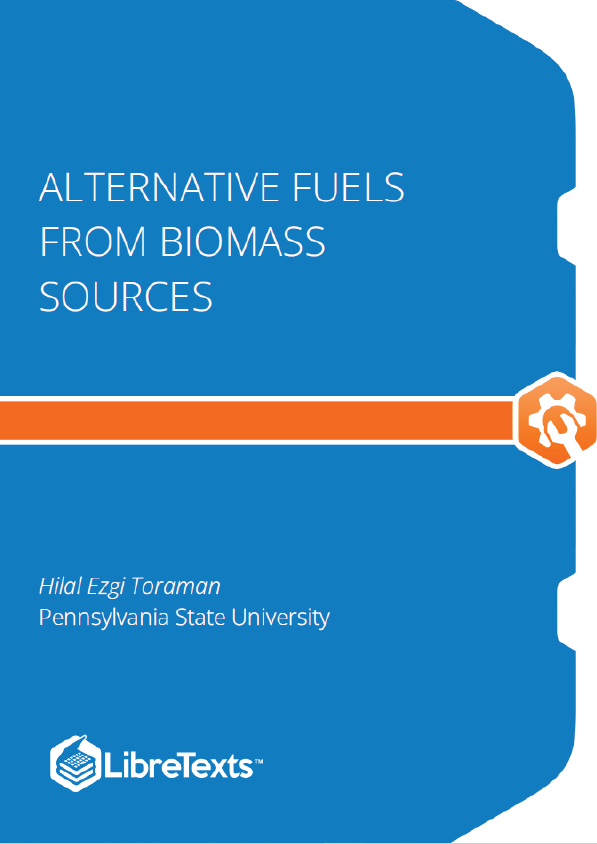Part of the purpose of the course is to help you to understand why biofuels are needed and how to make them, at the current stateof- the-art.
Why biofuels? To look at the situation a little more broadly, the question then becomes: why alternative fuels?
As climate change becomes an issue of ever-stronger concern in the world, stronger efforts are being devoted to tackling this issue. The International Energy Agency (IEA) has recently proposed the 2 °C scenario (2DS) as a way to handle the climate change issue. The 2DS has become a largely used quote for many policymakers and scientists. The 2DS scenario requires that carbon dioxide (CO ) emissions in 2060 should be reduced by 70% in comparison to the 2014 level. The transport sector plays an important role to achieve this goal considering that the transportation sector is responsible for about 23% of total CO emissions. Although electricity has been considered as a promising option for reducing CO emissions in transportation (Yabe, Shinoda, Seki, Tanaka, & Akisawa, 2012), transport biofuel is estimated to be the key alternative energy in the transport sector (Ahlgren, Börjesson Hagberg, & Grahn, 2017). The share of biofuels in total transportation-fuel consumption by 2060 is predicted to be 31%, followed by electricity at 27% based on the mobility model results of IEA for the 2DS. Biofuels production must be increased by a factor of 10 to achieve this goal (Oh, Hwang, Kim, Kim, & Lee, 2018). In addition to the need for climate change adaptation, the increasing concerns over energy security is another main driver for the policy-makers belonging to the Organisation for Economic Cooperation and Development (OECD) to promote the production of renewable energy (Ho, Ngo, & Guo, 2014). Last but not least, world energy demand will continue increasing. The world energy demand was 5.5 x 10 J in 2010. The studies predict an increase of a factor of 1.6 to reach a value of 8.6 x 10 J in 2040. The bioenergy delivery potential of the world’s total land area excluding cropland, infrastructure, wilderness, and denser forests is estimated at 190 x 10 J yr , 35% of the current global energy demand (Guo, Song, & Buhain, 2015).
1.2: Increasing Energy Demand
The energy needs of most of the developed countries in the western world are increasing at a modest level. However, in underdeveloped countries, where the economy is booming, energy demands are increasing dramatically, e.g., in China and India. Figure 1.2 shows the gross domestic product (GDP) growth rate of the countries of the world in 2009. Most of the growth occurred in Asia. Africa and South America experienced some growth in areas, while the US did not experience much growth. However, if many of the third world countries were to dramatically increase their standard of living, there are estimates that worldwide energy consumption would double (the world uses ~13 TW). But where would that energy come from, particularly since there aren’t huge stockpiles of crude oil sitting around? Petroleum cannot supply it all, and neither can natural gas or coal.











